If in a p - n junction diode , a square input signal of 10 V is applied as shown :

Then the output signal across will be : Solution in Kannada


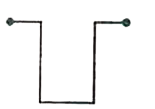

The correct Answer is:C
A s diode will conduct only at +5V.
Topper's Solved these Questions
- SOLIDS & SEMICONDUCTOR DEVICESBook:MODERN PUBLICATIONChapter:SOLIDS & SEMICONDUCTOR DEVICESExercise:Multiple Choice Questions - LEVEL -I (ASSERTION)
Explore 5 Videos
- SOLIDS & SEMICONDUCTOR DEVICESBook:MODERN PUBLICATIONChapter:SOLIDS & SEMICONDUCTOR DEVICESExercise:Multiple Choice Questions - LEVEL -I (PARAGRAPH)
Explore 6 Videos
- ROTATIONAL MOTIONBook:MODERN PUBLICATIONChapter:ROTATIONAL MOTIONExercise:RCQ
Explore 8 Videos
- TRANSFERENCE OF HEAT Book:MODERN PUBLICATIONChapter:TRANSFERENCE OF HEAT Exercise:Recent Competitive Questions
Explore 4 Videos
Similar Questions
Statement I : In N - type semiconductor , the free electron concentration approximately equals the density of donor atoms .
Statement II : In a forward biased P - N - region is proportional to the change Q of the injected minority carrier holes.
View SolutionIn a triode value for a grid voltage Vg=−1.2V , the phase current Ip and plate voltage Vp are given Ip=(−5+0.1V0),Ip in mAandVp in volt . When grid voltage is changed to - 3.2 V at constant plate voltage of 150 V , a plate current of 5 mA is observed , then
Plate resistance Rp is
View SolutionThe moment of inertia of a circular disc of radius 2 m and mass 1 kg about an axis passing through the centre of mass but perpendicular to the plane of the disc is 2 kg m2. Its moment of inertia about an axis parallel to this axis but passing through the edge of the disc is :

View SolutionTwo slabs are of the thicknesses d1 and d2. Their thermal conductivities are K1 and K2 respectively They are in series. The free ends of the combination of these two slabs are kept at temperatures θ1 and θ2. Assume θ1>θ2. The temperature θ of their common junction is
View SolutionIf a p-n junction diode, a square input signal of 10 V is applied as shown. Then the out put signal across R_(L) will be .
View SolutionIf the following input signal is sent through a P-N junction diode, then the output signal across RL will be -
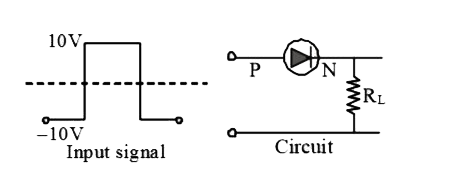
View SolutionIf in a p - n junction diode , a square input signal of 10 V is applied as shown

Then the output signal across RL will be
View SolutionIf in a p - n junction diode , a square input signal of 10 V is applied as shown Then the output signal across R_L will be
View SolutionIf in p-n junction diode a sinusoidal input signal is applied as shown
(##∀KP7N∃TPHYSP7C29E01008_Q01.png width=80%><br>ThentheoutputsignalacrossR_(1) will bw
View SolutionDraw the output signal in a p-n junction diode when a square input signal of 10 v as is applied across it

View SolutionIf in a p−n junction diode , a square input single of 10V is applied as shown
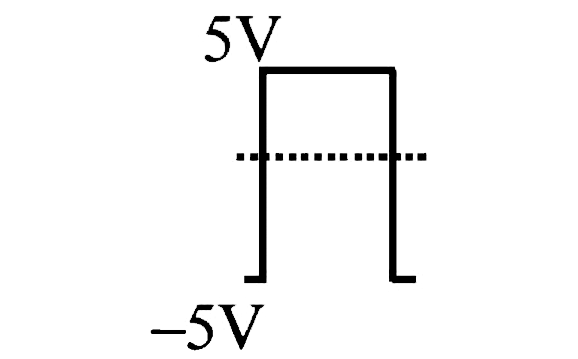
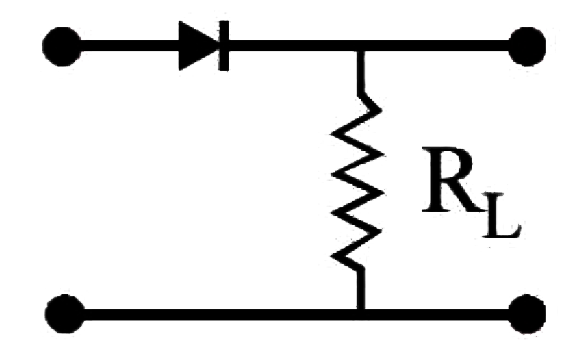
View SolutionIf a p-n junction diode, a square input signal of 10V is applied as shown, then the output signal across R_L will be
View SolutionIf a p-n junction diode, a square input signal of 10V is applied as shown, then the output signal across R_(L) will be.
View Solutionif in a p-n junction , a square input signal of 10 V is applied as shown then output acrioss R_1 will be :
View SolutionIf a p−n junction diode, a square input signal of 10V is applied as shown.
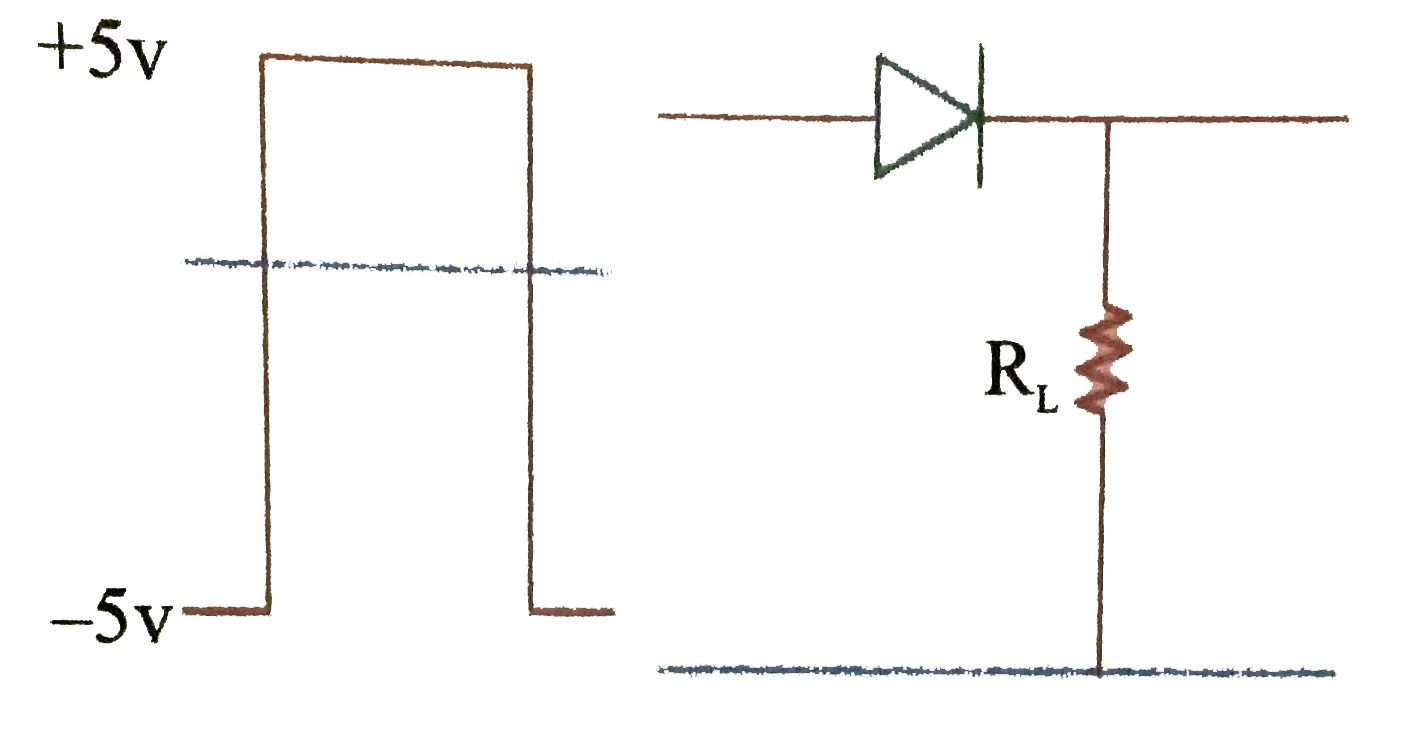
Then the out put signal across RL will be
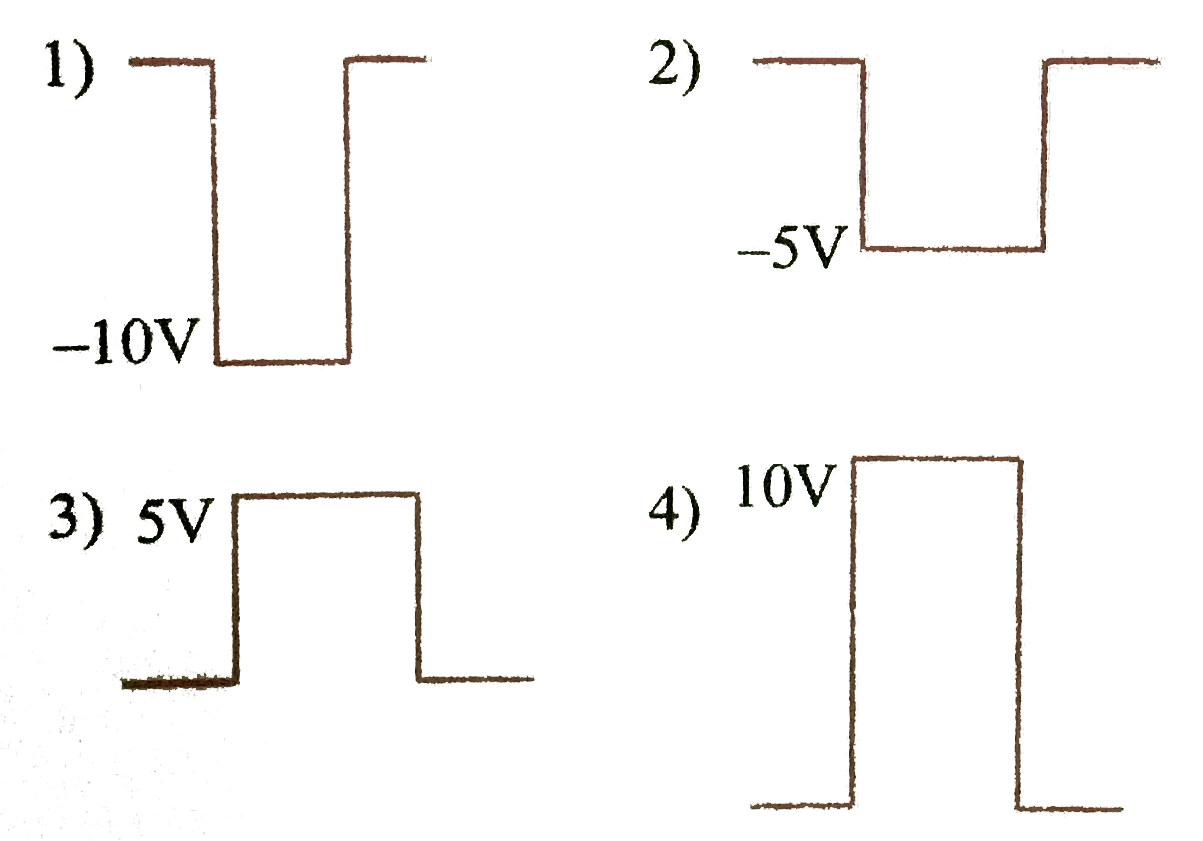 .
.
View Solution